Medieval Castles – Medieval Villages
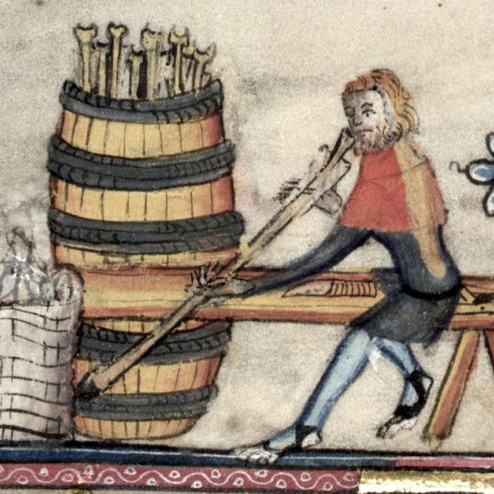
Medieval Bowyers crafted bows, crossbows, arrows, and sometimes bolts using a variety of woods and tools. The skill was in great demand until at least the 1600s and was considered a premier trade.
Archers and bowmen had become established at the Battle of Acre in 1189 – and bows were considered effective combat weapons.
Bowyers required specialized training to become an expert in bow making. This was usually done under the supervision of an expert in the field. Most bowyers had their own workshops in which they could store their tools and work in progress.
The earliest evidence of arrows comes from South African sites and date from approximately 72,000 to 60,000 years ago. In Eurasia, bows and arrows appeared around the Upper Paleolithic, when the technology expanded following the end of the last glacial period.
Among the oldest bows and arrows of Europe are fragments found at Mannheim-Vogelstang in Germany (dated 17,500 to 18,000 years ago). Extant bows dating to 9,000 BCE have been found in Denmark and northern Germany.
Early bows were sometimes crafted by the individual user – these were simple designs usually made entirely of one piece of wood.
In medieval England, professional bowyers were required to create thousands of bows for the country’s military. It’s been reported that an expert craftsman could create a longbow in as little as two hours. Depending on the skill of the bowyer and the type of wood, a selfbow usually required between 5 and 15 hours of work. Composite bows, on the other hand, relied on skilled workers who had to spend a great deal of time crafting the weapons.
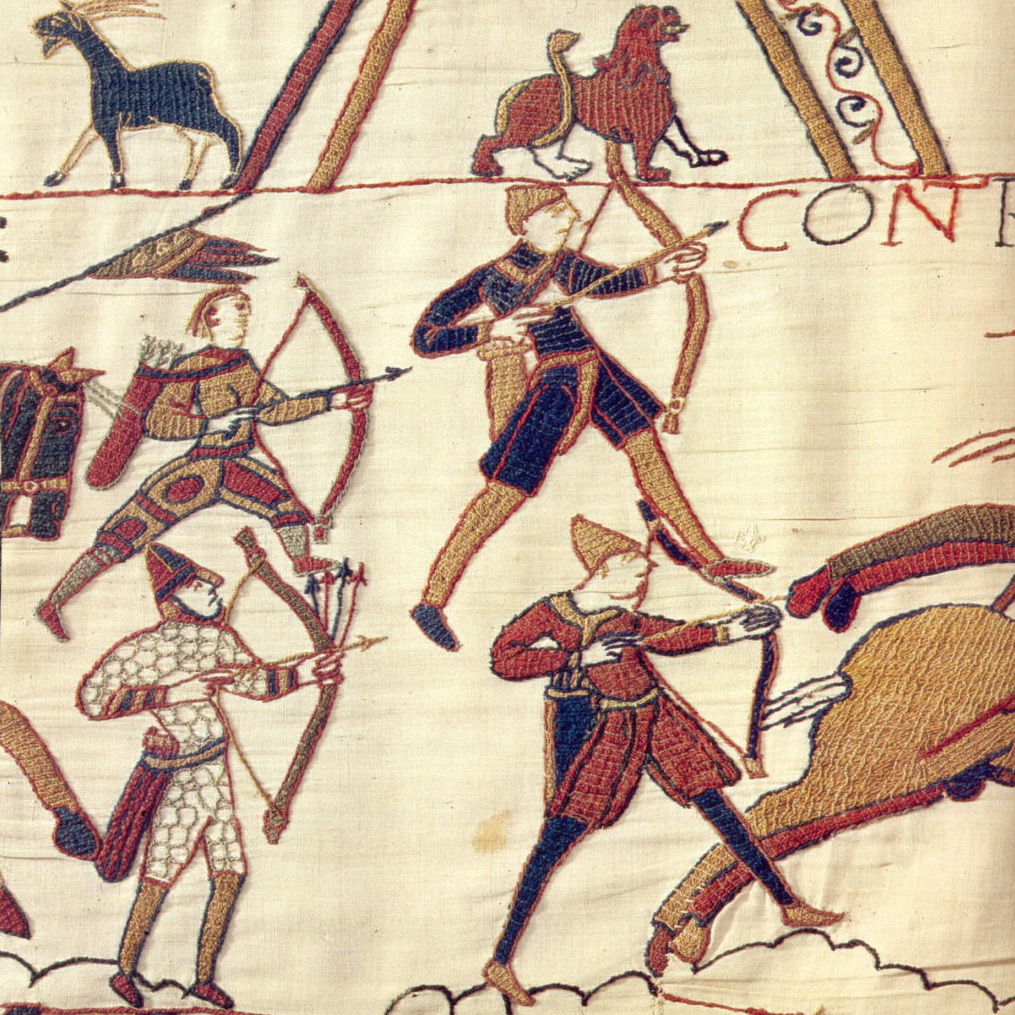
Bowyers used different types of wood to craft bows and arrows. Amongst the most popular were yew, ash, wych elm, and hawthorn. The ideal bow should be able to store as much energy as possible when drawing it back, and then have it redirected to the arrow when releasing. While oak, for example, is very strong, it’s too heavy for its strength so it requires more energy to move the limbs – and this energy does not get transferred to the arrow.
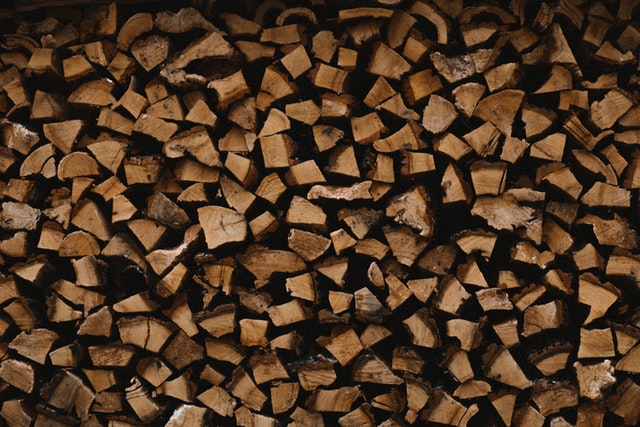
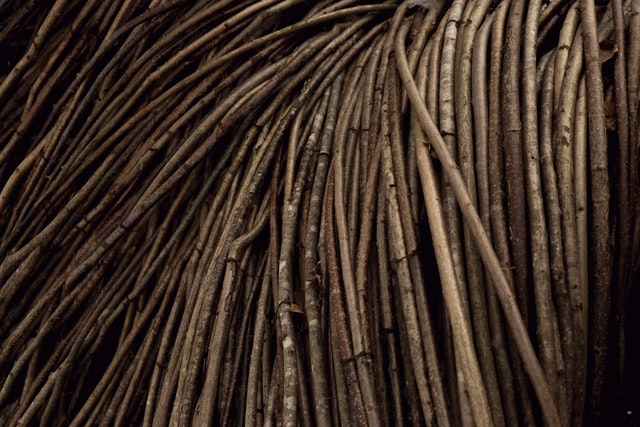
Yew was particularly used in England for lightweight bows. Yew is strong and flexible, but also light and can store a lot of energy. The sap wood is strong in tension and the heartwood in compression. The classic English longbow was usually made of yew.
Wych Elm was a popular bow material in Wales and used for short, stout bows. Like English yew bows, they were made from unseasoned green wood and had a short working life.
Ash made great broad-limbed flat bows. Ash is a ring porous wood, so the early growth can be stringy and coarse and the late harder and stronger. The benefit of ash when compared to elm is that it could be seasoned and air-dried over the years, making it easier to work with.
Hawthorn could also produce decent-sized logs of around 4 feet to be used for flat bow creation. The wood can be hard when well seasoned and the structure is tight and interlocked.
Bows could also be made with apple, cherry, and pear wood. These would be just serviceable bows.
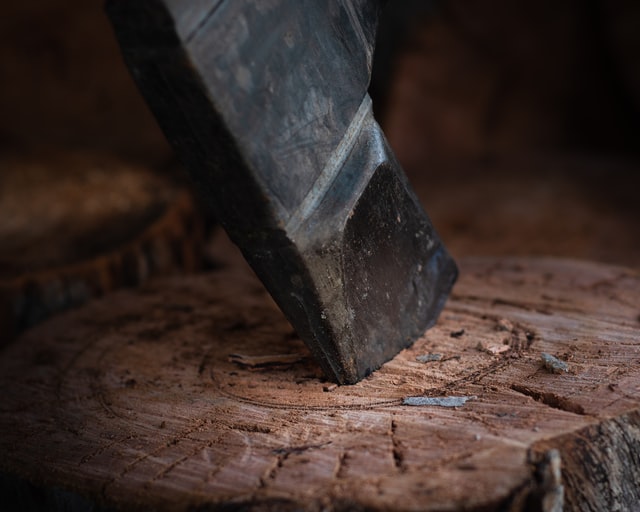
Bowyers used tools to cut the wood into bow staves. To do this, they used cutting implements such as draw knives, toothing planes, chisels, scrapers, and axes. They would also use measuring tools, in particular string.

Medieval minstrels sang, played musical instruments, and told engaging stories. Here’s what life was like for a minstrel in the Middle Ages.
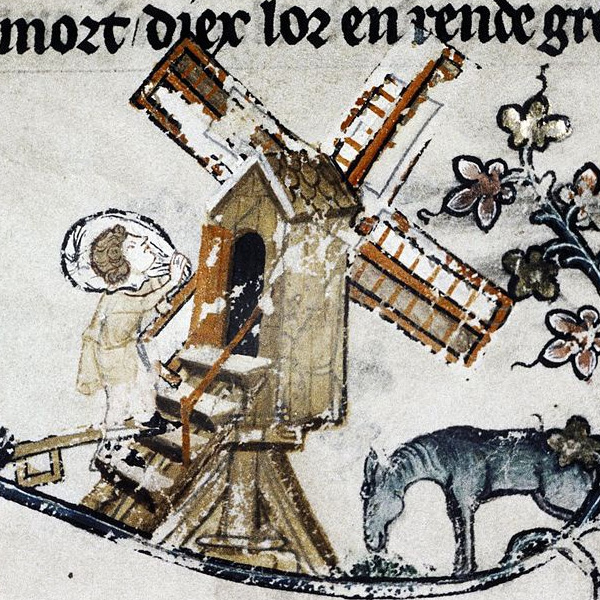
Millers were some of the most important tradesmen in the Middle Ages. Learn more about this medieval profession and how millers lived.
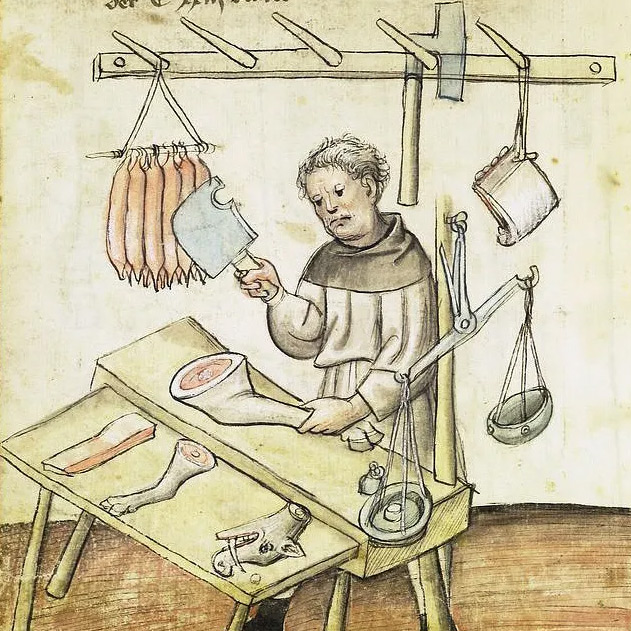
Middle Ages butchers prepared meat, fish, and fowl for the people in a castle or a city. They sometimes had stalls in a marketplace.
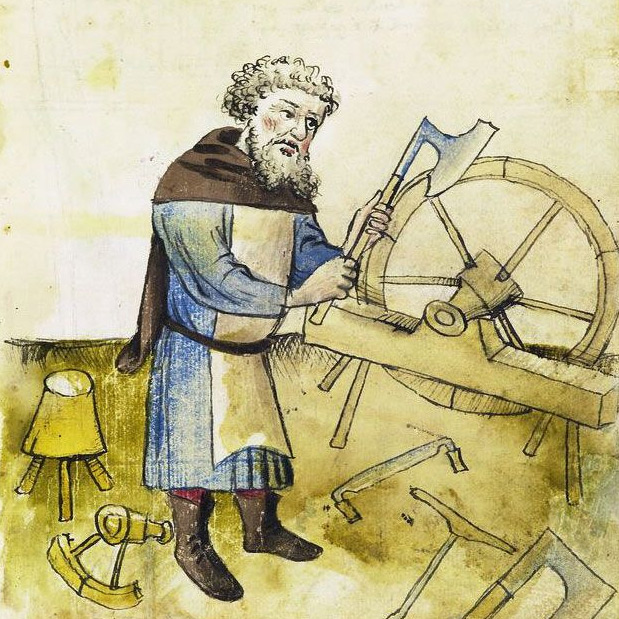
Medieval candlemakers made candles from materials such as fat, tallow and beeswax.

Medieval candlemakers made candles from materials such as fat, tallow and beeswax.
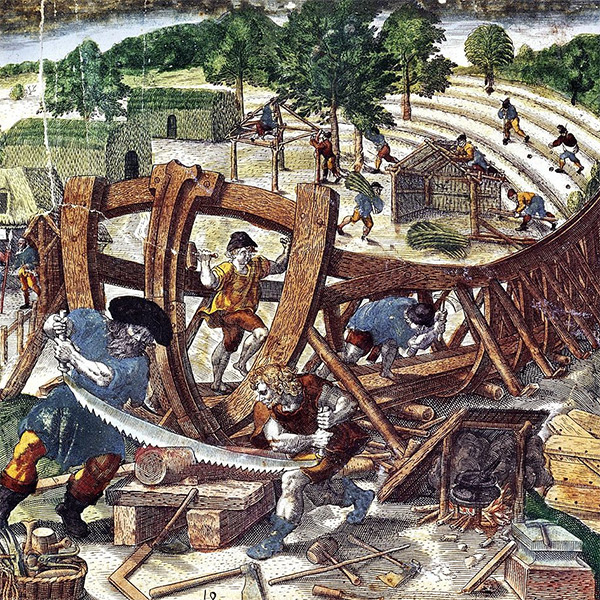
Being a sailor in the middle ages meant living a lonely and difficult life, as they would often set sail for months or even a year at a time.